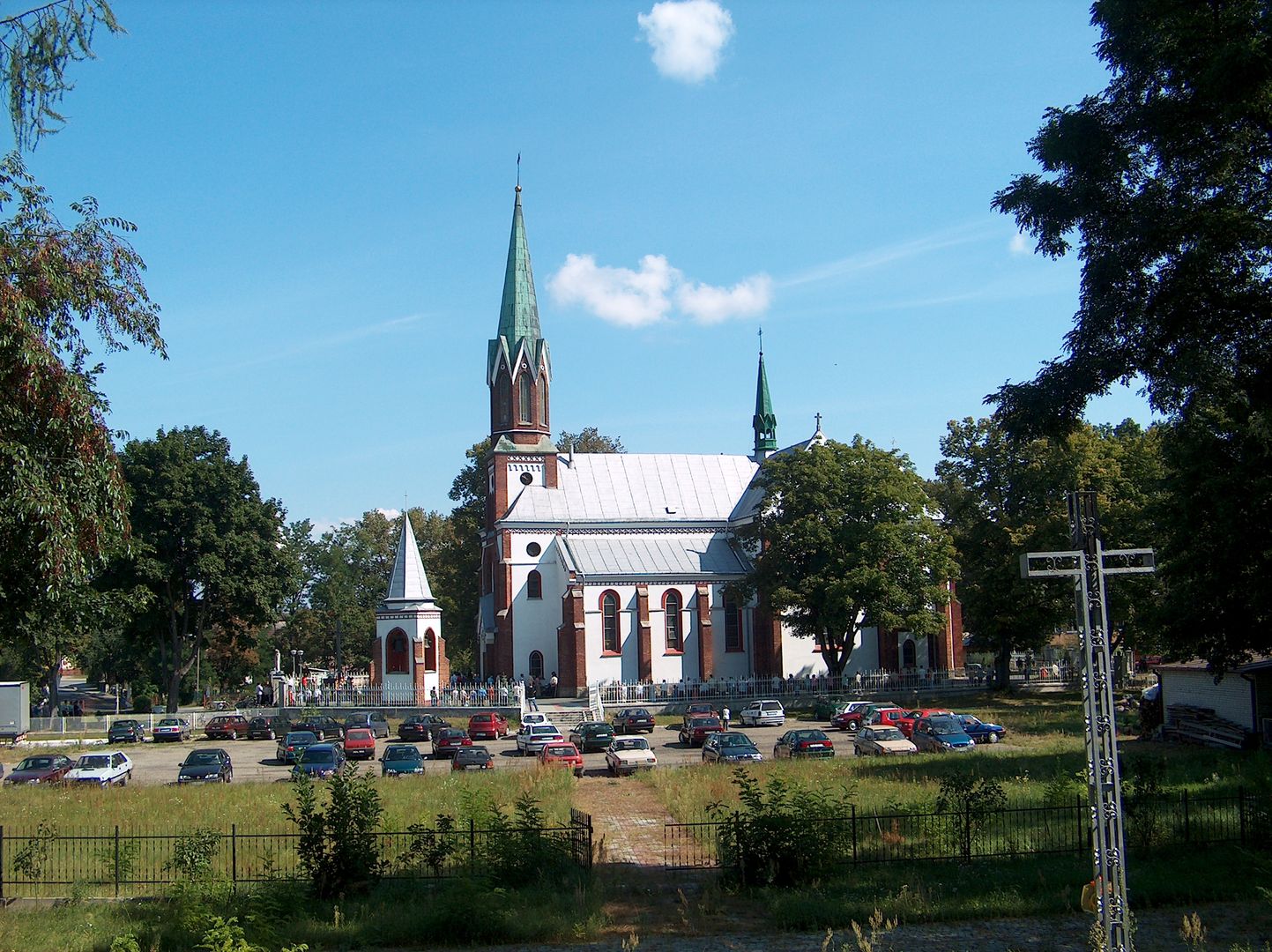Wola Zarczycka
6.17

Overview
Wola Zarczycka, a village in the Podkarpackie Voivodeship, is known for its rich history and unique natural values. The settlement, which is the seat of the Roman Catholic Parish of the Transfiguration of the Lord, stands out for its architecture, including the parish church from 1908, the secondary school building from 1900, and numerous 18th-century roadside shrines. The area is home to the Kołacznia Nature Reserve, famous for its exceptional site of yellow azaleas. The history of Wola Zarczycka dates back to 1578, when King Stefan Batory granted it a renewal of settlement under German law. In the 17th century, the village suffered from famine, epidemics, and Tatar invasions. During the Austrian partition, Wola was a site of German colonization, with the establishment of the Königsberg settlement. In the interwar period, high poverty rates prompted many residents to emigrate. The year 1943 brought a tragic pacification, in which many inhabitants were murdered, serving as a catalyst for increased activity by the Home Army. After the war, in 1957, the victims of the pacification were exhumed and commemorated with a monument, and Wola Zarczycka was awarded the Order of the Grunwald Cross. In 2011, the official name of the village was changed from Wola Żarczycka to Wola Zarczycka, following a decision by the Commission on Names of Localities and Physiographical Objects, which recognized this form as more correct. Wola Zarczycka is not only a place of rich history and traditions but also a significant point on the cultural map of the region.
Location
2025 Wizytor | All Rights Reserved